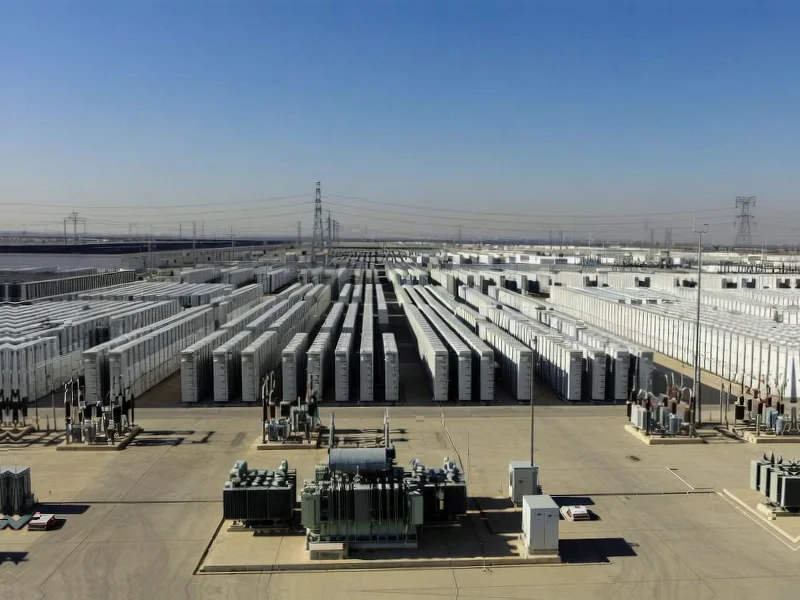According to CNBC, OpenAI has warned that the U.S. needs to substantially increase its energy capacity investments to maintain leadership in artificial intelligence development against China. The company described electricity as a “strategic asset” rather than just a utility, noting that OpenAI’s ambitious infrastructure projects require massive power resources that could strain the already fragile electric grid. This framing of energy as a national security issue in the AI race raises critical questions about the sustainability of current AI development trajectories.
Table of Contents
The Scale of AI’s Energy Appetite
What Sam Altman and OpenAI are highlighting isn’t just about incremental power needs—we’re talking about orders-of-magnitude increases that challenge fundamental infrastructure assumptions. Modern AI systems already consume energy comparable to small cities during training phases, and the next generation of models being planned could require power outputs rivaling nuclear reactors. The physical infrastructure for these systems goes beyond traditional data centers to specialized AI compute facilities that demand both massive electricity and advanced cooling systems. This isn’t merely scaling existing cloud infrastructure—it’s building entirely new categories of industrial-scale computing.
The Grid Reality Check
The most concerning aspect of OpenAI’s warning is the timing. U.S. power grids are already operating at capacity margins in many regions, with aging infrastructure and increasing demands from electrification of transportation and heating. Adding AI’s exponential energy requirements creates a perfect storm where we’re trying to power exponential technology growth with linear infrastructure development. The regulatory and construction timelines for new power generation—whether nuclear, renewable, or natural gas—typically span decades, while AI development cycles measure in months. This mismatch between technological acceleration and infrastructure inertia represents a fundamental constraint that current policy discussions largely ignore.
Geopolitical Energy Arms Race
OpenAI’s China comparison reveals a deeper strategic concern: energy infrastructure as a competitive advantage in AI development. China has demonstrated remarkable capability in rapid infrastructure deployment, from high-speed rail to massive dam projects. If the U.S. faces regulatory and environmental hurdles that delay power infrastructure by years while China builds capacity unimpeded, we could see a reversal of the current AI leadership dynamic. The CEO level concern here is that computational advantage may become directly tied to energy production capacity—a dimension where China’s state-directed economic model could potentially outpace Western democratic processes.
Sustainable AI or Energy Crisis?
The path forward requires balancing two competing imperatives: maintaining technological competitiveness while avoiding energy infrastructure collapse. We’re likely to see increased focus on specialized AI chips that deliver more computation per watt, geographic distribution of AI facilities to leverage regional power advantages, and potentially controversial policy changes to accelerate energy infrastructure approval. The alternative—continuing current exponential growth trajectories without corresponding energy planning—risks either AI development bottlenecks or regional power reliability issues that could affect broader economic stability. The “electrons as oil” analogy may prove more accurate than intended, with energy access potentially determining which nations lead the next technological era.



